
Which Hardness is Best for Gym Mats: Understanding Shore Hardness
When choosing an exercise mat, people often focus on factors like thickness, color, and price but forget another very crucial metric - hardness, which will directly affect how the exercise mat feels during the workout.
While thickness can be measured directly, but how can we assess the hardness performance of a mat? That's when we turn to something called Shore Hardness. If you've never heard of it, don't worry - this guide will explain what it is, how it's measured, the difference between thickness and hardness in reflecting mats' performance and help you to choose the right hardness for your workouts.
You might also find these articles helpful:
👉 What is the Best Thickness for an Exercise Mat?
👉 Foam vs. Rubber Gym Flooring: How to Choose?
What Is Shore Hardness?
Shore hardness is a metric commonly used to measure the hardness of materials such as rubber, foam, and plastics. It works by testing the material resistance to external pressure, helping determine whether the material is relatively soft or hard, and how much force it can withstand.
This standard was invented by American engineer Albert F. Shore in the 1920s, which is why it's named Shore hardness. Shore hardness use different scales towards different types of materials (as listed below). In every scale, the higher the number, the harder the material; the lower the number, the softer it is. In the fitness mat area, the most commonly used scales are Shore A and Shore C, for yoga mats and exercise mats.
How to Meature Hardness?
Measuring hardness requires a specialized tool called shore hardness durometer, which consists of a spring and a probe. For different shore hardness scales you should use durometer with different shape probes.
During the measurement process, the durometer need to pressed vertically against the surface of the material, and the hardness value is determined based on how deeply the probe penetrates. The deeper the probe penetrates, the closer the value is to 0, indicating a softer material; conversely, if the probe does not penetrate at all, the hardness value is 100, indicating a very hard material.

How Does the Hardness Scale Work?
For daily convenience, hardness measurement results are expressed in the format Shore + letter + number.
- The letter indicates which hardness scale is used.
- The number represents the hardness level: the higher the number, the harder the material.
The whole chart includes multiple shore scales: Shore 00 refers to the softest materials, while Shore E applies to the hardest. However, since different scales partially overlap (Shore 00 (100) ≈ Shore A (70)) and the slope of values from 0 to 100 varies greatly, hardness values are only comparable within the same scale.
shore hardness scale
|
Shore Scale |
Applicable Material Range |
Hardness Value Range |
Common Applications |
|
Shore 00 |
Ultra-soft materials |
0-100 |
Silicone gels, soft foam, gel insoles |
|
Shore 0 |
Very soft materials |
0-100 |
Denser soft foams, soft plastics |
|
Shore A |
Medium-soft materials |
0-100 |
Rubber, yoga mats, general fitness mats, seals |
|
Shore B |
Between Shore A and Shore C |
0-100 |
Harder rubber, soft plastics (less common) |
|
Shore C |
Medium-hard foam materials |
0-100 |
High-density exercise mats, gym flooring |
|
Shore D |
Hard plastics and hard rubber |
0-100 |
Hard plastic parts, gears, rollers |
|
Shore E |
Certain hard foams and plastics |
0-100 |
Rigid foam, engineering plastics |
By using this scale chart, we can solve some common daily hardness issues:
How hard is a 70A?
Shore A 70 indicates that the material is measured on the Shore A scale, which is designed for medium-soft materials, such as soft rubbers. The hardness value is 70, commonly found in materials like car tire treads.
What is the difference between 40A and 70A?
Within the same scale, the higher the value, the harder the material - 70A is harder than 40A.
How to choose rubber hardness?
Rubber hardness is usually measured with the Shore A and Shore D scales. Shore A is used for soft to medium-hard rubbers, commonly found in car tire treads, shoe soles, seals, and soft rubber mats. Shore D is used for harder rubbers, commonly found in hard rubber products and industrial components. You can also further compare the differences among similar products based on the hardness values.
Why Shore Hardness Matters for Exercise Mats
So how will the metric actually affects the performance of a mat. It can be concluded in the following important ways:
- Support: If a mat is too soft, thenyou will sink in, which makes balance and stability difficult. While too hard might be uncomfortable, especially during floor work.
- Shock Absorption: Hardness will affect the shock absorption of a mat. Find aright hardness will cushions your joints, protects your knees, wrists, and spine during impact-heavy exercises.
- Durability:Mats with high hardness can resist more wear and tear, prevent permanent dents, and better withstand the pressure of weights and equipment.
- Workout Experience: The ideal Shore Hardness improves both performance and comfort.Choosing the right hardness according to different sports can effectively improve the sports experience
That's why we should take Shore Hardness into consideration when choosing a fitness mat. A suitable hardness will help you get the right balance of support, protection, improve durability for your workouts and maximize your exercise experience
Thickness vs Shore Hardness: What's the Difference?
When choosing an exercise mat, some people often confuse the concepts of hardness and thickness. The key point is they don't know how these two factors affect a mat's performance. As a result, they offer use thickness to represent hardness, which is a common mistake.
Thickness
Thickness refers a mat's height. The metric directly influences the mat's cushioning and shock absorption ability. The thicker the mats, the better vibration absorption and floor protection it is, which makes them ideal for high-impact exercises like jumping and running. Usually, yoga mats' thickness ranges from 4mm-20mm; fitness mats range from 7mm-15mm; gym flooring will be more than 10mm+.
Hardness
Hardness, on the other hand, indicates a mat's resistance to pressure and wear. The higher the hardness, the less cushioning and elasticity the mat provides, making it better suited for supporting heavy weights or placing gym equipment. Usually soft exercise mats typically have a Shore A hardness between 25 and 45, while heavy-duty mats have a Shore C hardness between 70 and 85.
So find a better combination of thickness and hardness towards your actual need is important in considering buying exercise mats.
Find the Perfect Shore Hardness for Your Workout
As different workouts have different demands when it comes to cushioning, support, and stability, which is why choosing the right Shore hardness is essential. So when picking a mat, it's a good idea to consider your workout style, personal preferences, and where you'll be using it, to choose one that really fits your needs.
Recommended Shore Hardness by Workout Type
Here's a quick guide to help you match the right Shore hardness with your preferred type of training:
- Yoga & Stretching: The recommended hardness for yoga and daily stretching is Shore A hardness of 25-35. This level offers excellent cushioning, comfort for floor poses, and protects your joints without feeling too stiff.
- Bodyweight Exercises & HIIT: If you will do more intense exercise, then go for a medium hardness, around Shore A 35-45. It will have a better shock absorption and stability in dynamic movements and exercises like jumps or quick transitions.
- Strength Training with Weights: For heavy-duty strength work, select a mat with a Shore C hardness of 70-85. These mats provide high wear resistance, excellent support for heavy equipment, and minimize dents or compression marks.
- Multi-Use Home Gym Flooring: If your want to create a multipurpose workout area at home, a mat in the Shore C 65–80 range is a smart choice. It offers durability and versatility for both equipment usage and fitness routine.

Balance Shore Hardness and Thickness
After choosing the hardness, you should take thickness and hardness both in consideration to find a best experience for your workout.
For high hardness mats (Shore C 80+), a thickness of 10-20mm is recommended to prevent joint discomfort caused by excessive firmness. For medium hardness mats (Shore C 40-60), a thickness of 5-10mm is suggested to balance stability and portability.
Of course, the specific choice should still be adjusted according to individual needs. Below is a summary table for your reference.
|
Workout Type |
Shore Hardness |
Recommended Thickness |
|
Yoga & Stretching |
Shore A 25-35 |
4mm-10mm |
|
Bodyweight Exercises & HIIT |
Shore A 35-45 |
7mm-15mm |
|
Strength Training with Weights |
Shore C 70-85 |
10mm-20mm+ |
|
Multi-Use Home Gym Flooring |
Shore C 65-80 |
10mm-20mm+ |
Conclusion:
After reading this article, here's a quick summary of key points about the application of Shore Hardness in choosing an exercise mat:
1. Shore Hardness is a measurement of a material ability to resist pressure - the higher the metric, the harder the material.
2. Thickness and hardness are two different concepts: thickness refers cushioning and shock absorption ability, while hardness determines durability and pressure resistance.
3. You should choose the mat's hardness based on your workout type:
- Yoga: Shore A hardness of 25-35 is recommended.
- Strength training with weights: Shore C hardness of 70-85 is recommended.
- Multi-purpose home gym areas: Shore C hardness of 65-80 is recommended for a balanced mix of cushioning and support
4. Finding a perfect combination of thickness and hardness in choosing a mat will significantly improve your workout comfort, safety, and overall experience.

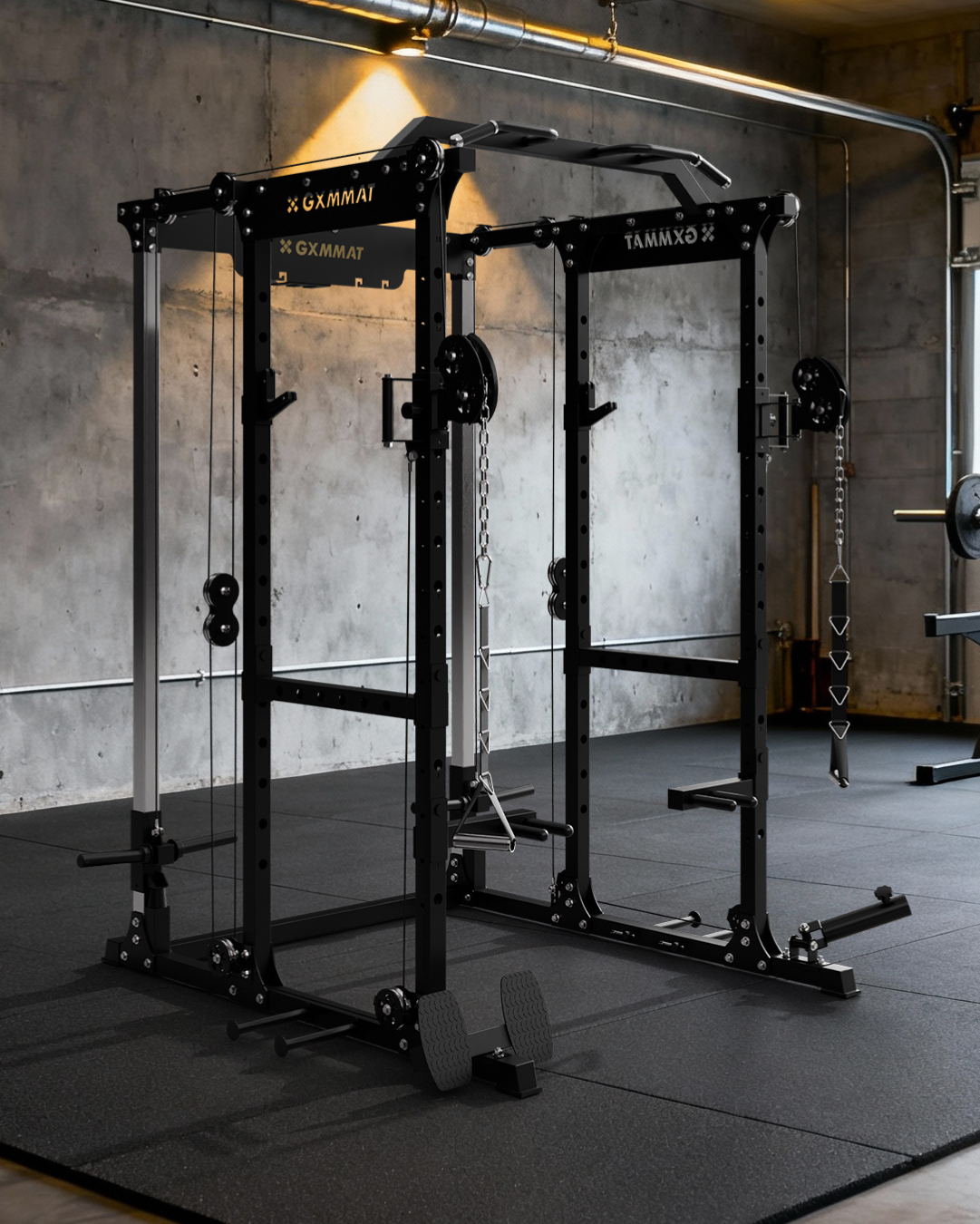
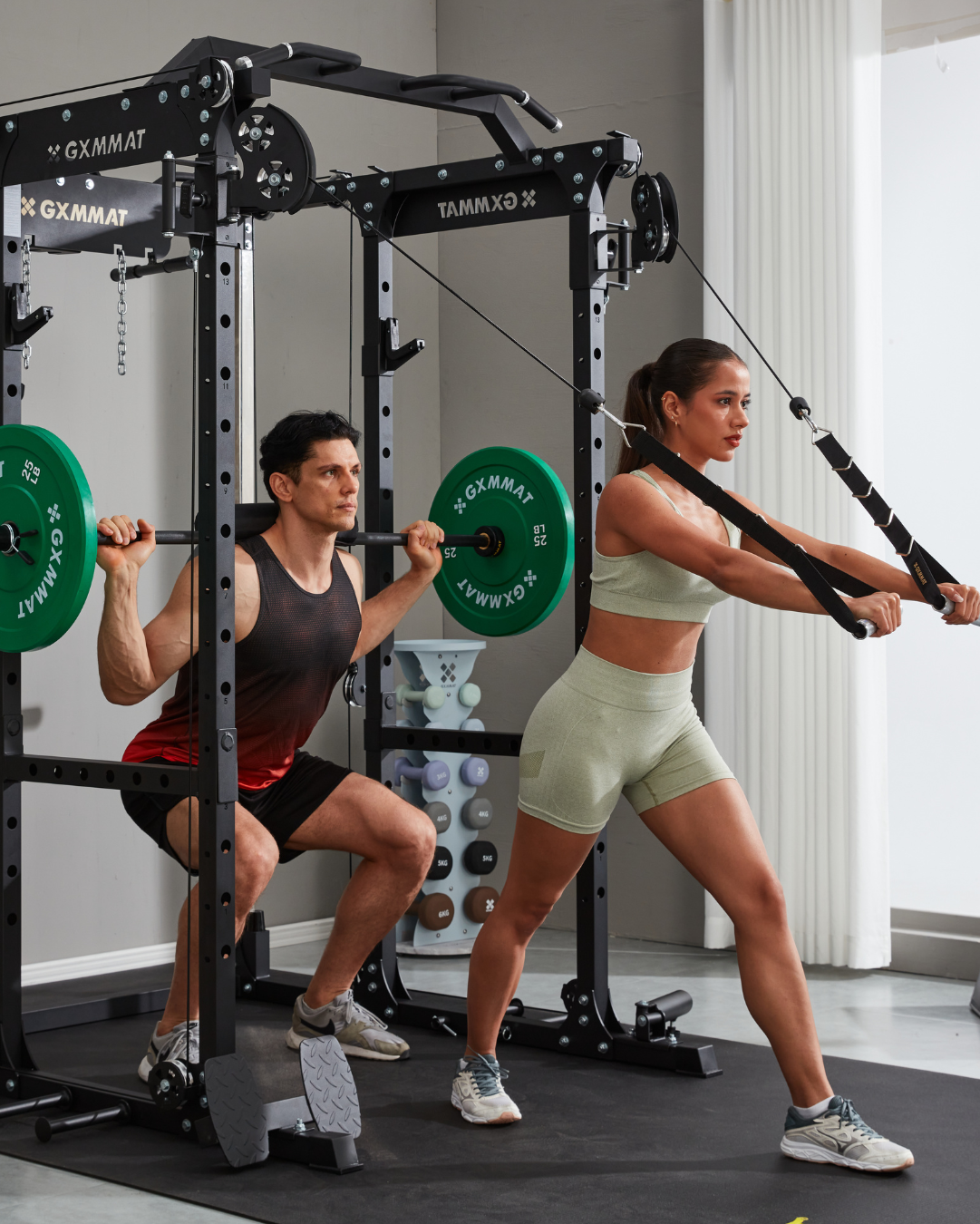
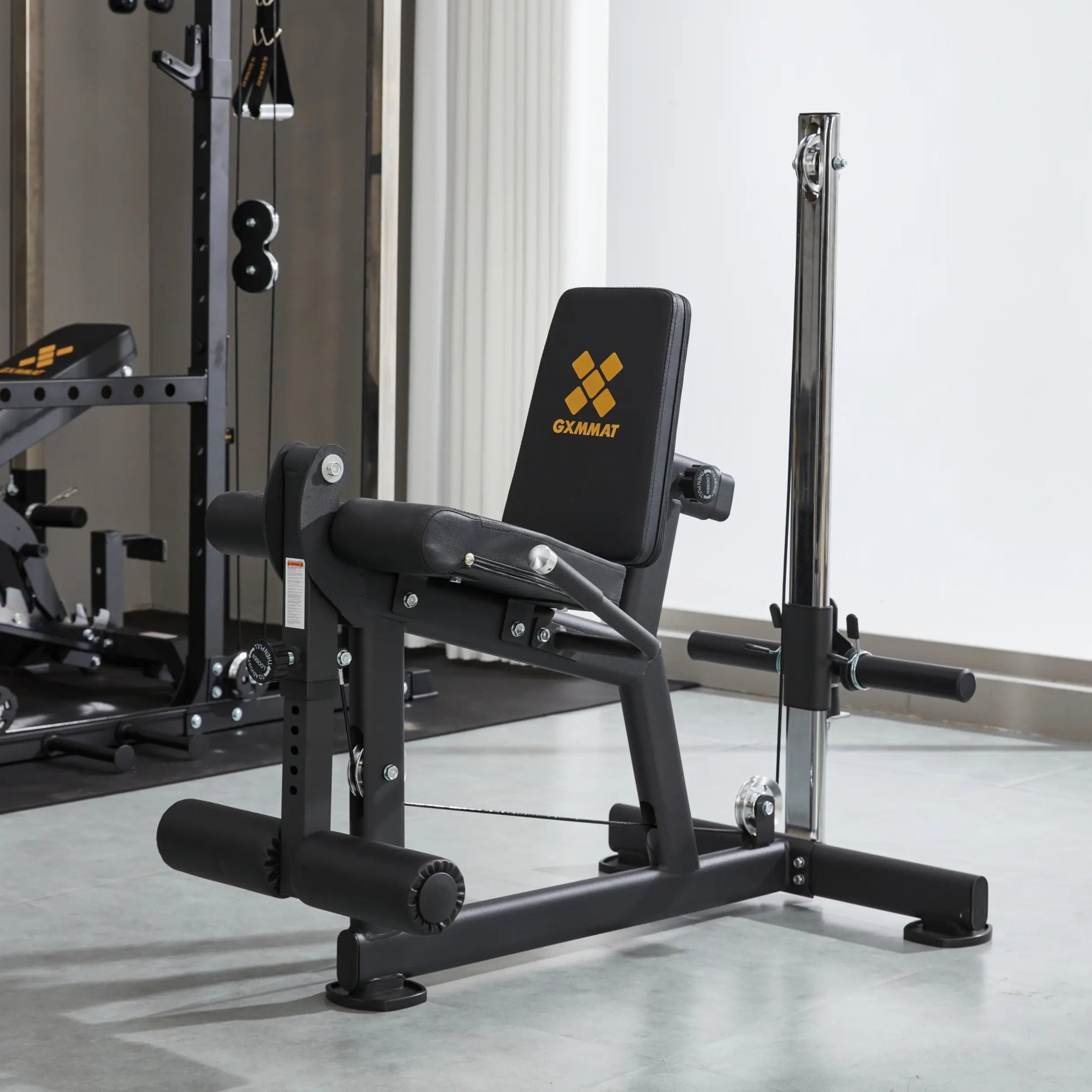
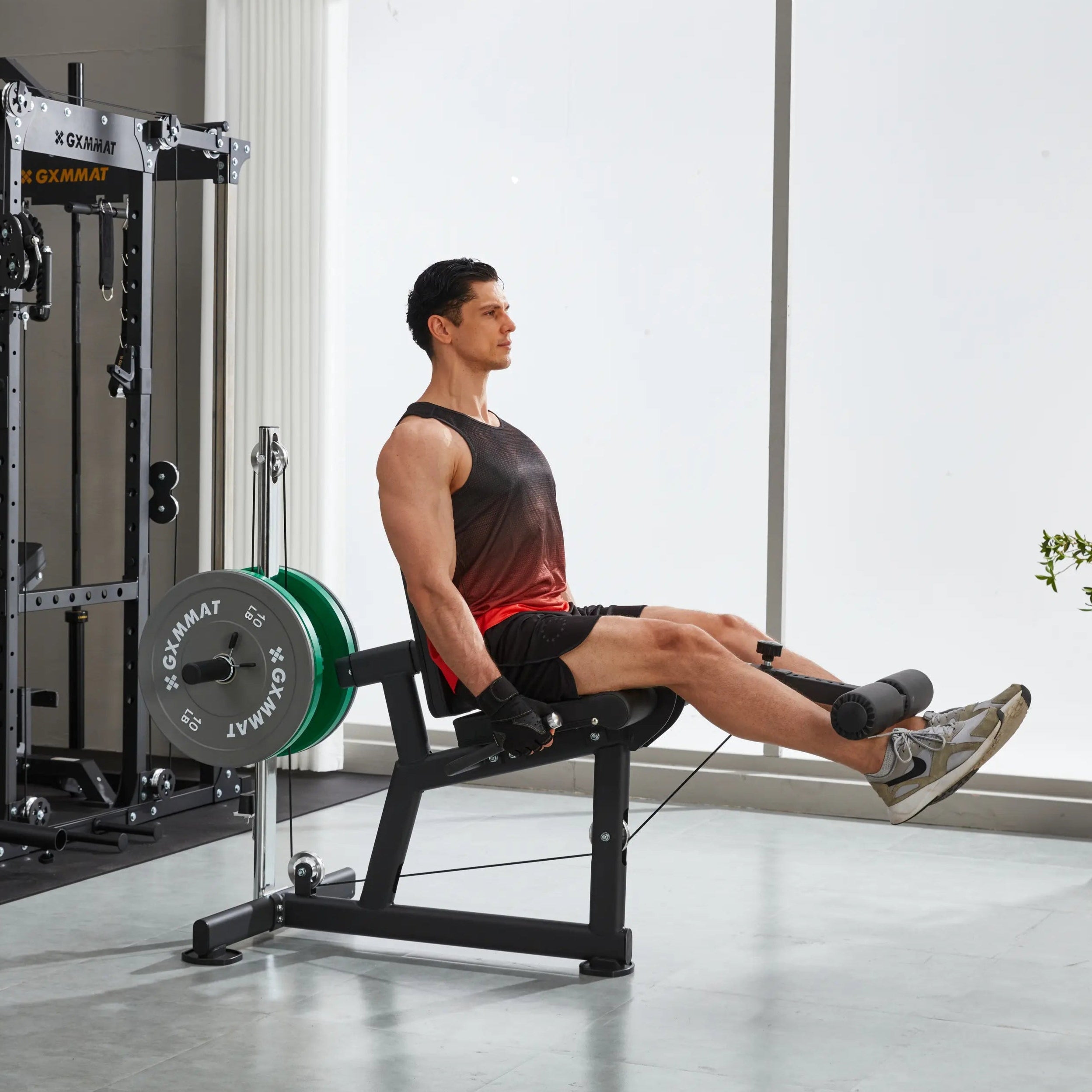
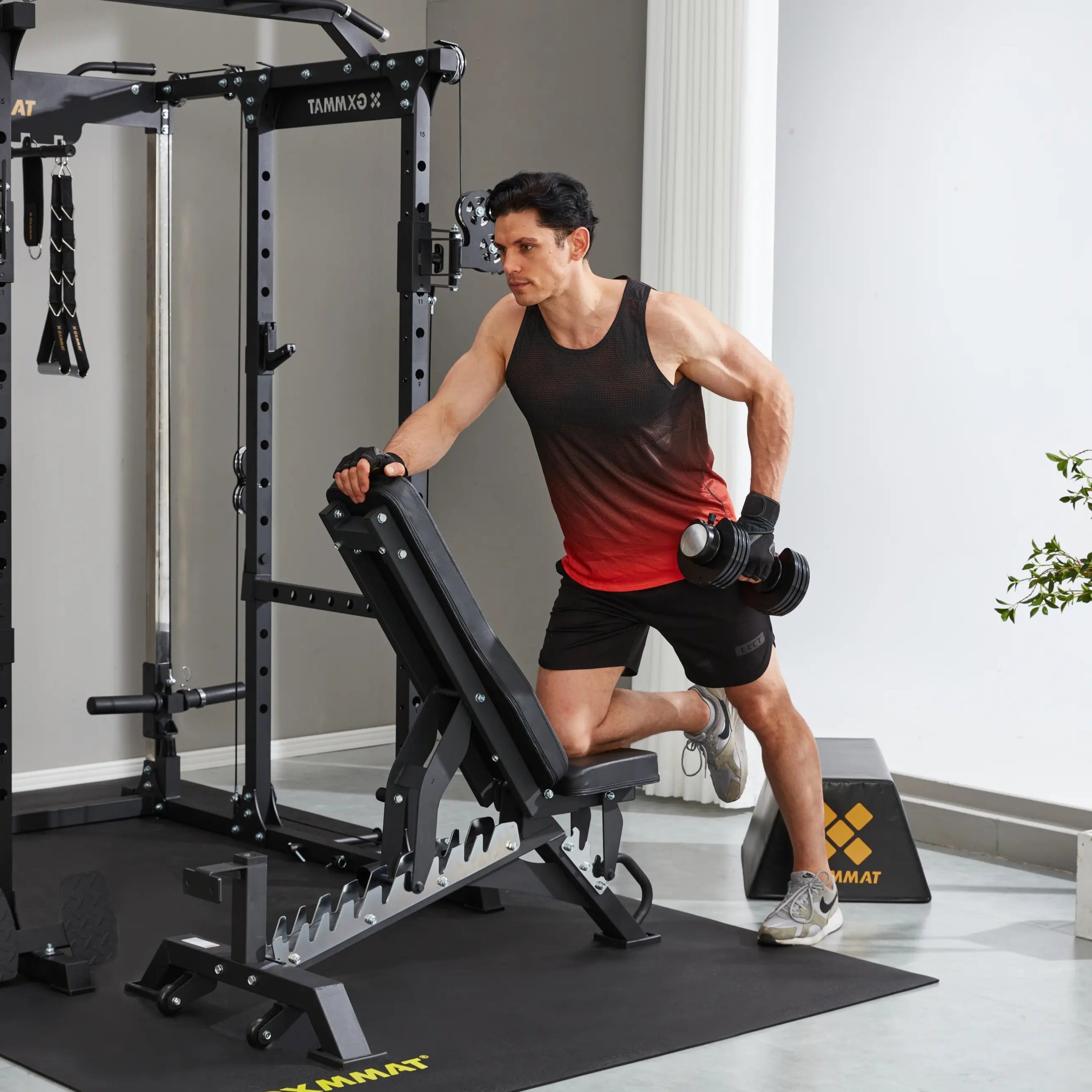
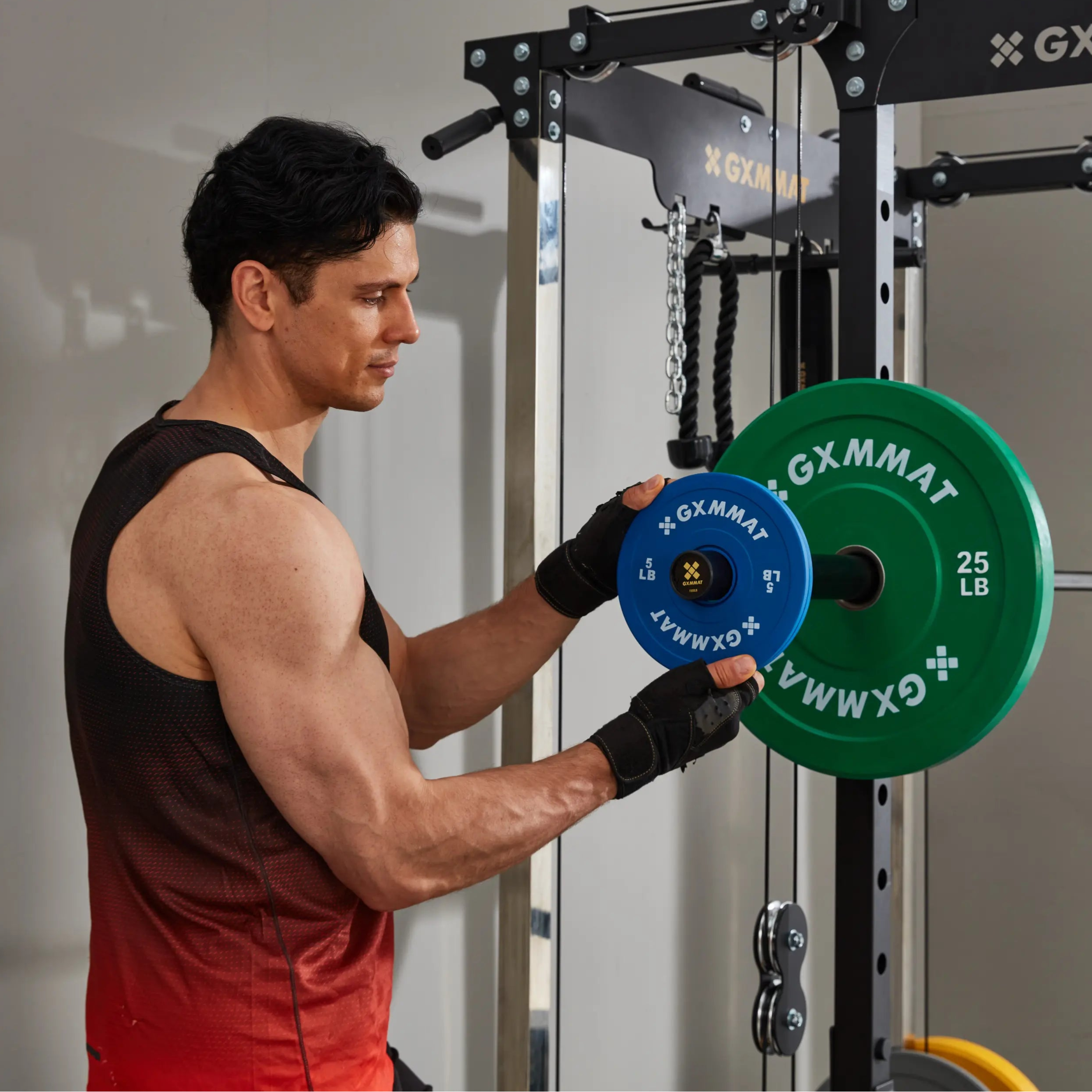
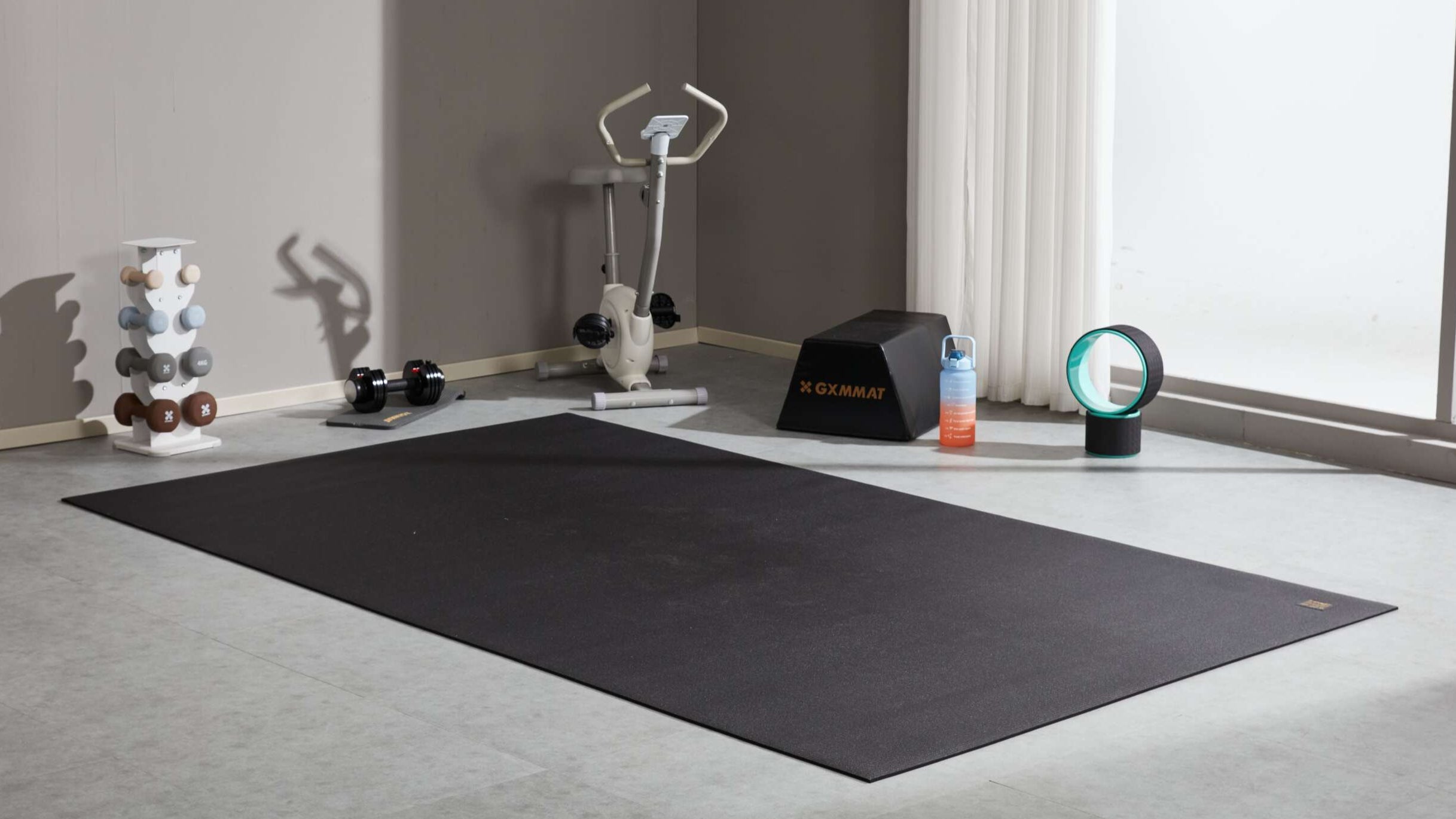
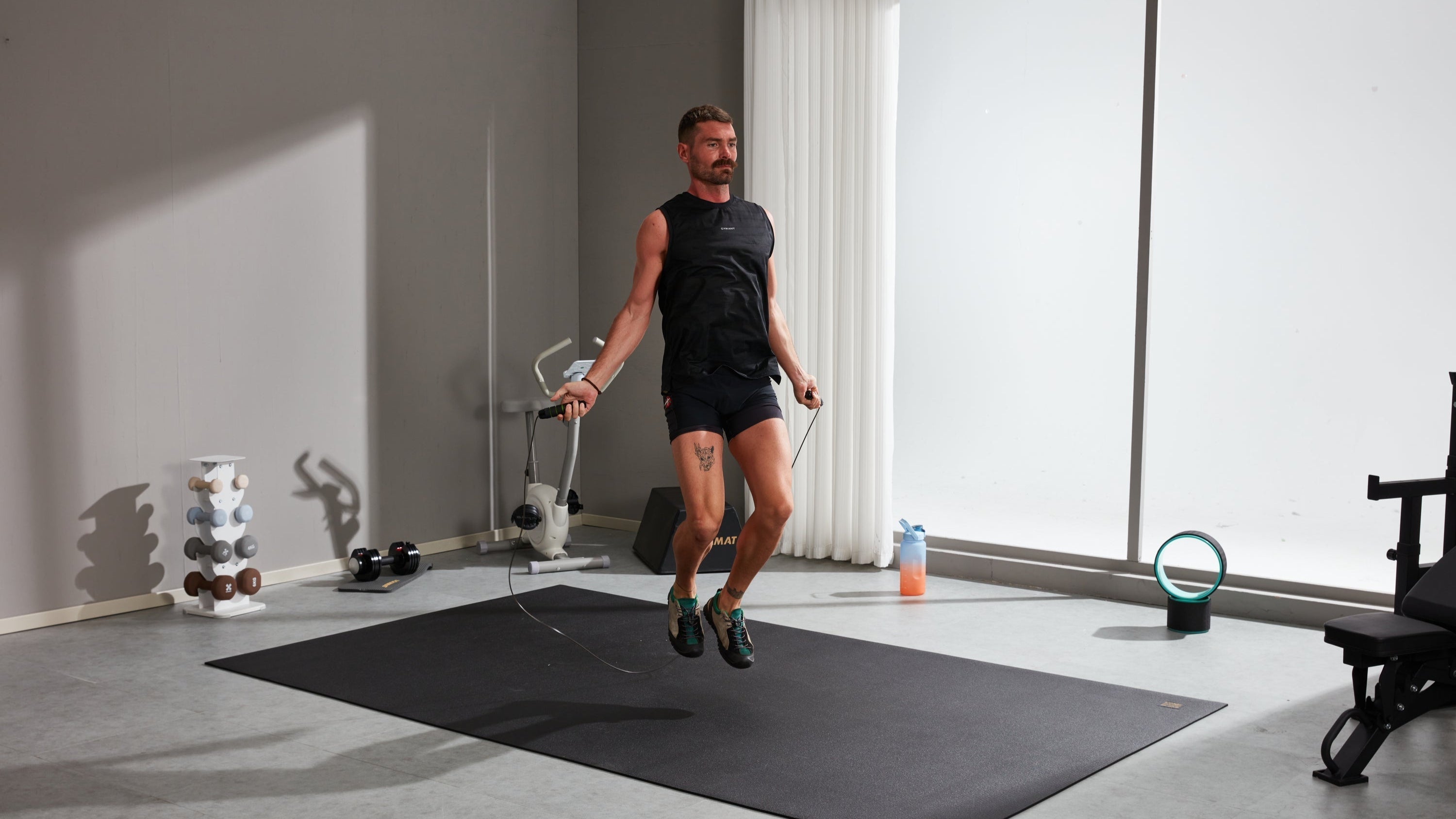
Leave a comment
This site is protected by hCaptcha and the hCaptcha Privacy Policy and Terms of Service apply.